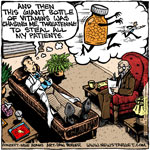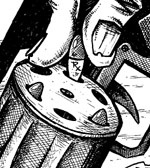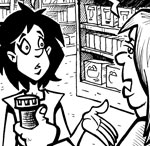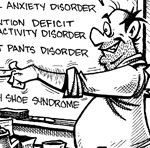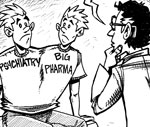Lack of Vitamin D and Hair Loss
| Share on Facebook | Share on Twitter | Share on Google+ |
Sometimes hair loss just isn't fair. If you lose your hair when you are a child to an autoimmune condition known as alopecia totalis, changes in appearance can affect not just how others see and interact with you but also how you see yourself. And when this condition strikes later in life, usually for no discernible cause, it can be just as difficult to handle.
Scientists are learning more and more about the relationship between vitamin D and hair loss. There are no reports of anyone being cured of alopecia after just taking vitamin D, but this versatile and vital nutrient may lay the foundation for growing back hair robbed by the condition.
Vitamin D and Hair Growth
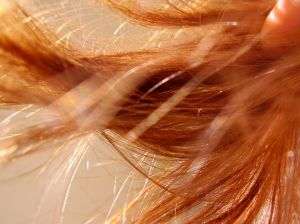
Hair growth takes place in three phases known as anagen, telogen, and catagen. In the anagen phase, the hair follicle "sits there" waiting to mature into a hair-producing site.
In the telogen phase, the hair emerges from the follicle, and in the catagen phase, hair falls out and the cells in the follicle rest for two to six weeks before the cycle starts all over again. In baldness, however, hair follicles get "stuck" in the resting stage.
Permanent hair loss can occur even in infants just two or three months old. In older children and adults, the "permanent resting stage" can be triggered by a viral infection, exposure to certain chemicals, or, of course, chemotherapy.
But vitamin D helps reactivate hair follicles that are not able to restart hair growth on their own. The vitamin D receptor gene responds to vitamin D by restarting the telogen phase so hair can emerge.
Different Kinds of Vitamin D for Hair Growth and Hair Preservation
It's important to understand that the kind of vitamin D used to encourage hair growth is a cream you put on your scalp, not a pill you take by mouth. However, if your objective is to prevent hair loss, then maintaining your vitamin D levels by taking at least 1,000 IU a day will help. Use of "tingly" herbal shampoos made with cedarwood, sandalwood, and/or mint essential oils will activate hair follicles once they have received adequate vitamin D.
When hair loss is accompanied by chronic bowel problems, the underlying problem can be celiac disease. Celiac disease is a severe inflammation of the lining of the intestines triggered by contact with the gliadin protein in wheat, and to a lesser extent in rye and barley. The constant inflammation of the colon causes vitamin D deficiency, among many other problems.
When celiac disease is the root cause of hair loss, vitamin D is helpful. Even more helpful, of course, is completely avoiding even the tiniest speck of wheat products in any form. A combination of eliminating gluten-containing grains and vitamin D supplementation will help hair fill back in when the cause is celiac disease.
Selected References:
Amor KT, Rashid RM, Mirmirani P. Does D matter? The role of vitamin D in hair disorders and hair follicle cycling.
Dermatol Online J. 2010 Feb 15;16(2):3. Review.
-
Skin CareMen Skin Care
-
Free ResourcesFree eBooks
-
The physician should not treat the disease but the patient who is suffering from it.Maimonides
-
Featured Health Supplement
 The restoration and maintenance of normal organ and brain function and a strong immune system is the key to vibrant health and in
avoiding premature-aging!
The restoration and maintenance of normal organ and brain function and a strong immune system is the key to vibrant health and in
avoiding premature-aging!
-
